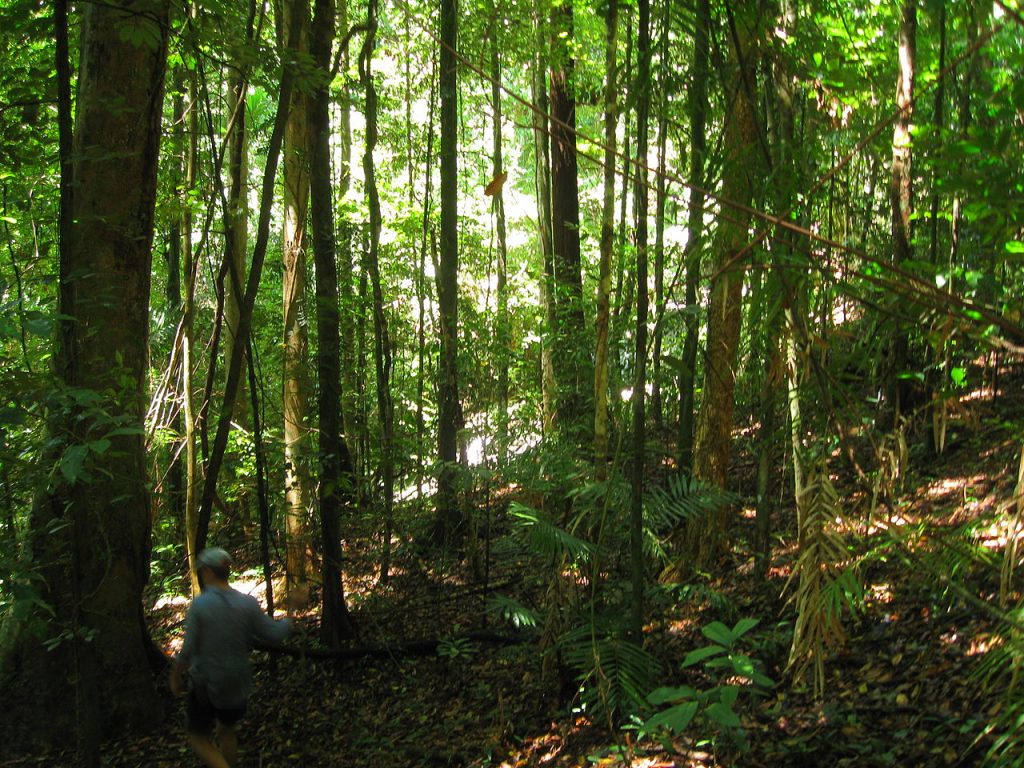The Daintree microgrid project has been funded almost $1m by the federal government. It’s set to become Australia’s first solar to hydrogen microgrid and will replace reliance on an expensive and polluting diesel system. Let’s learn more about it!
Daintree microgrid project

The grant amount is $990,150 which will go to the Daintree Renewable Energy Pty Ltd company, as per an article in Energy Magazine, which also noted that the fund will complement the AEMO’s review of microgrids and the regulatory bodies which will govern them, created by the government in August of last year.
Russell O’Doherty, president of Daintree Renewable Energy, was quoted in an interview with Newsport:
“This power will be used to help power the hydrogen cell; the hydrogen gas produced will be collected and stored and used to fuel large scale generators. The only by product of this system is hot water,” he said.
“This is absolutely fantastic news for the environmentally-conscious Daintree community,” Federal Leichhardt MP Warren Entsch also weighed in:
“Far North Queenslanders, especially those living in the Daintree, are extremely passionate about their natural environment and this announcement is a big win for the entire region.”
“The proposed microgrid will store energy generated by new and existing solar panels by converting it to hydrogen, generating reliable power and reducing the World Heritage Area’s reliance on diesel fuel to generate power, with consumption currently estimated at around 4 million litres of diesel per annum,” Federal Energy Minister Angus Taylor said.
However it’s not all peachy in the Daintree – the Douglas Shire Sustainability Group is clashing with Daintree Renewable Energy with regards to reticulated power north of Daintree. According to PV Magazine Australia, the DSSG is concerned the renewable project could result in long term damage to the world heritage environment and to tourism. You can learn more about that by clicking here. Watch this space to see what happens there, but surely moving from diesel to solar is a no brainer!

